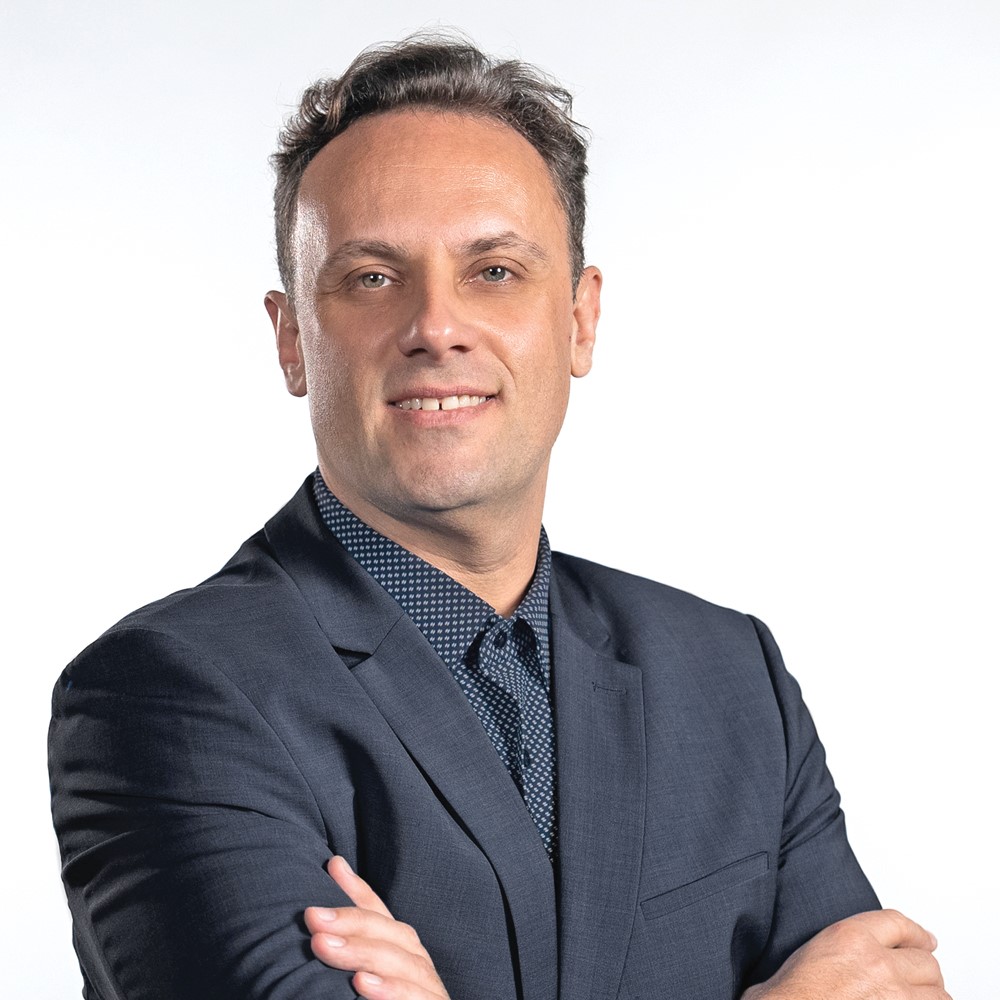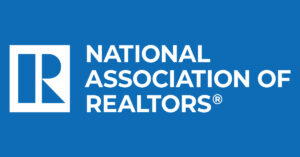Owning a home is an essential component of the American dream. From young first-time homebuyers to older homeowners who depend on their equity in retirement, owning a home is an investment in one’s future. It also is a place where families are raised, friends are entertained and sanctuaries are created. In the current era of high interest rates and record home prices, owning a home is increasingly out of reach for many people. Housing affordability has reached its lowest level since 1989, according to a recent report from the National Association of Realtors.
Given these circumstances, many would-be buyers are simply unable to afford the monthly payments that a traditional mortgage requires. In order to address this issue of home affordability, some lenders have begun offering 40-year mortgages as a way to help borrowers lower their monthly payments.
While a 40-year mortgage generally makes monthly loan payments more affordable in the short term, it is not without some risks.
A 40-year mortgage is a home loan that requires payments over 40 years — 480 months — instead of the more common 15- or 30-year terms. If a homeowner remains in the property for the life of the loan and makes the agreed-upon payments, they will pay off the mortgage in 40 years.
Borrowers might opt for a 40-year mortgage because, by stretching out the loan term over a longer period, their monthly payments are lower and more affordable. Although 40-year mortgages are not widely available today, they are becoming increasingly popular due to the home affordability crunch, and many analysts predict that more lenders will be offering them soon.
Lender variations
Fannie Mae and Freddie Mac, as well as the Federal Housing Administration, offer modifications on 30-year mortgages to extend these loans to 40 years for borrowers in distress. Some lenders are offering 40-year loans as a nonqualified mortgage (non-QM) product, meaning that the loans are ineligible to be sold to the government-sponsored enterprises or the federal government. Private lenders are offering several versions of a 40-year mortgage as a non-QM loan that might appeal to borrowers.
One option is a 40-year fixed-rate mortgage. With this choice, the borrower’s principal and interest rate remains the same during the entire life of the loan (or until the borrower refinances, sells the home or pays off the mortgage early). It’s just like a 30-year fixed-rate loan, only longer.
Borrowers also could choose a 40-year mortgage with an adjustable rate. Adjustable-rate mortgages or ARMs usually have a fixed rate for a certain number of years (typically up to seven) and then the rate adjusts periodically throughout the remainder of the loan term.
Other lenders offer an interest-only 40-year mortgage, which could appeal to borrowers who can’t afford a home at the moment but expect their circumstances to change. Under this option, the borrower would pay only loan interest for up 10 years. After that, the borrower would either repay the principal and interest, or they could refinance.
Additionally, some lenders have a 40-year product with a balloon payment. This option begins with fixed payments over a specified period and then ends with a larger lump-sum payment. For at least part of the loan term, the borrower is making lower payments until the balloon payment is due.
Borrower fit
While a 40-year mortgage generally makes monthly loan payments more affordable in the short term, it is not without some risks. Originators should understand these potential drawbacks and spell them out clearly to clients. It is wise to consider whether a 40-year mortgage is the right loan for a specific borrower.
There are plenty of benefits with a 40-year mortgage. For one, the borrower will obtain a mortgage with lower monthly payments. If you spread the same cost of the house over 40 years instead of 30 years, it’s clear that the monthly payments will be smaller. Borrowers can consider buying a more expensive home or may even buy earlier than expected due to life circumstances.
There are plenty of drawbacks as well. Homeowners will gain equity much more slowly with a 40-year mortgage, which might mean they’re more susceptible to losing their home if a downturn occurs, or if they have a health scare or some other major life event that affects their ability to repay. Borrowers could find it more difficult to refinance a 40-year mortgage or obtain a home equity loan. And there’s a good chance that the borrower will need to pay for mortgage insurance longer than with a 30-year loan.
Originators also may find it difficult to locate a lender that offers a 40-year loan since it’s still relatively uncommon. Since a 40-year mortgage is a non-QM product, there are no caps on closing costs and fees, so it could be more costly for a client.
● ● ●
Because of its longer term, a 40-year mortgage is likely to offer the benefit of a lower monthly payment. Also, depending on the type of mortgage, a borrower may have more repayment flexibility, especially if it’s an interest-only loan for a specified period of time. On the flip side, a borrower will pay more in interest over the life of the loan and equity will build slower. But for potential homeowners who wish to buy a home and currently can’t afford it, a 40-year loan can be an advantageous solution.
These products also may be good tools for mortgage originators looking to attract millennial borrowers who are seeking options for lower downpayments and/or lower monthly payments. Smart lenders always adapt to the needs of the homebuyer market and this is just one way that the mortgage industry is continuing to innovate. ●
-
Max Slyusarchuk is co-founder of Imperial Fund and a founder and CEO of A&D Mortgage. He is also a shareholder and vice chairman of the board of Home Federal Bank of Hollywood. Slyusarchuk is responsible for the day-to-day activities, strategic planning, business development and building relationships with key partners. He has experience in both private equity investments and portfolio management for institutional and private sector clients in Eastern Europe and the U.S. Reach Slyusarchuk at (305) 760-7000.
View all posts






